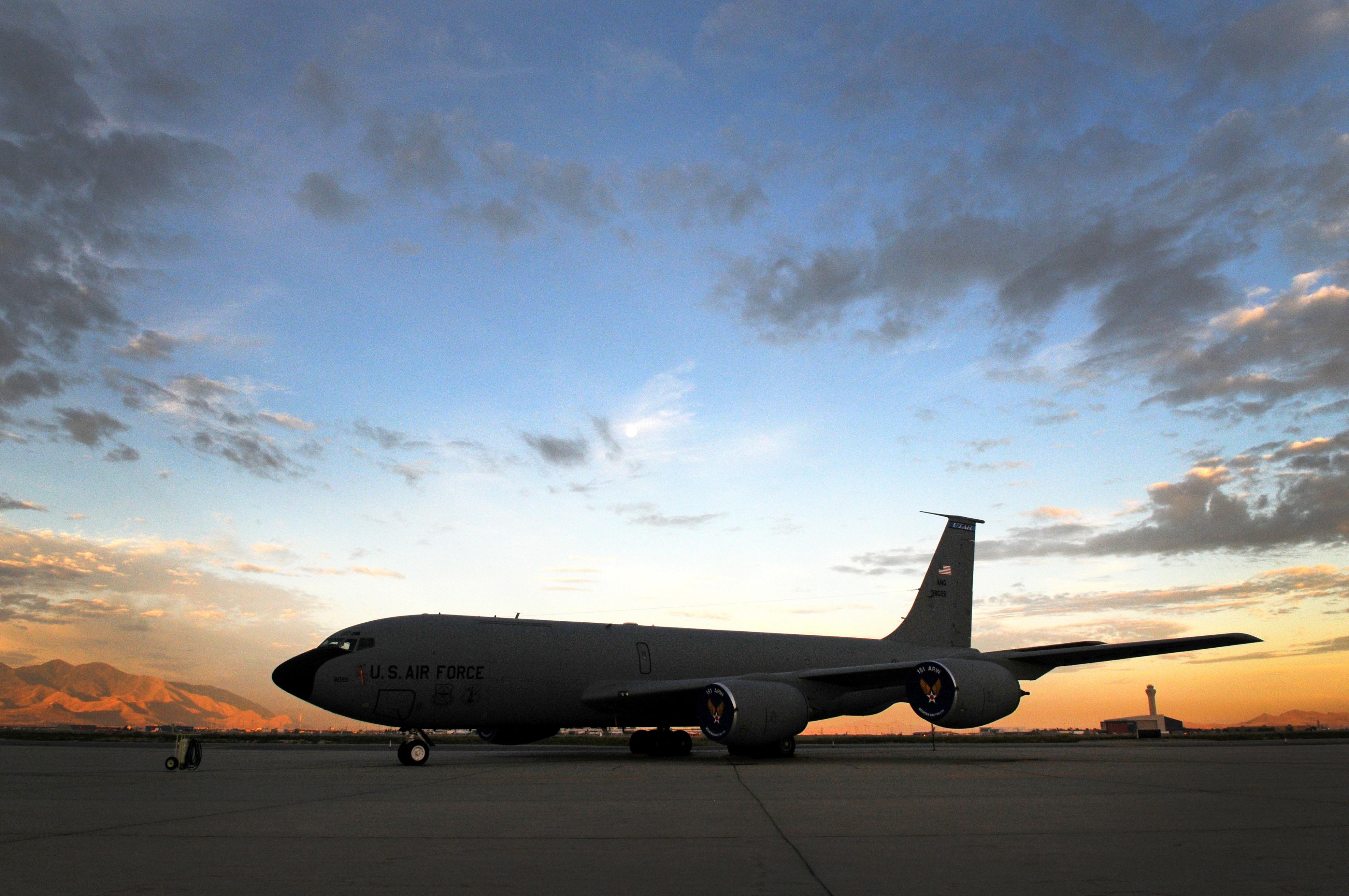
Credit: Air National Guard
The U.S. Air Force wants its heavy airlifters and refueling tankers to be more connected and is reaching out to industry to see what beyond-line-of-sight (BLOS) data services are available to make that happen quickly. The service on Oct. 1 issued a request for information (RFI) to industry for a...
Subscription Required
This content requires a subscription to one of the Aviation Week Intelligence Network (AWIN) bundles.
Schedule a demo today to find out how you can access this content and similar content related to your area of the global aviation industry.
Already an AWIN subscriber? Login
Did you know? Aviation Week has won top honors multiple times in the Jesse H. Neal National Business Journalism Awards, the business-to-business media equivalent of the Pulitzer Prizes.
